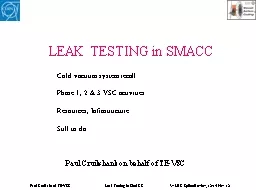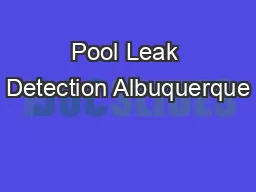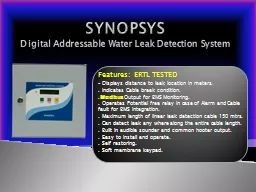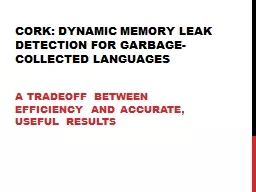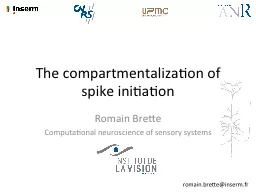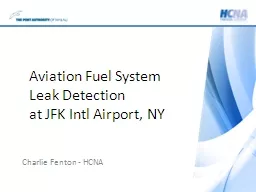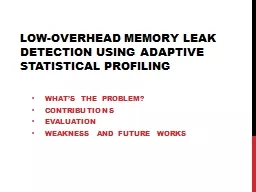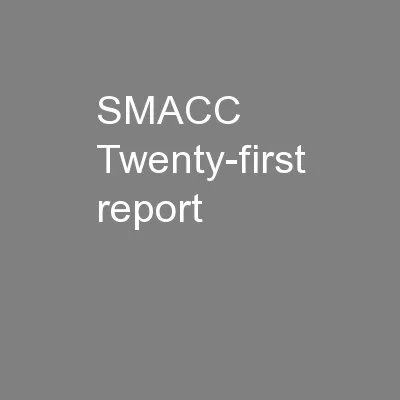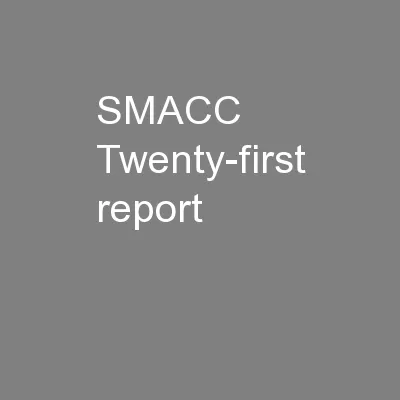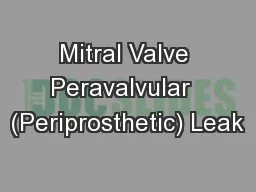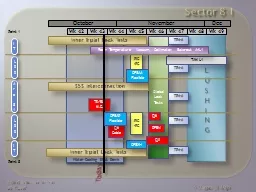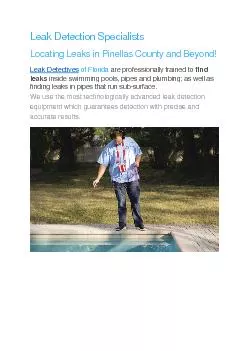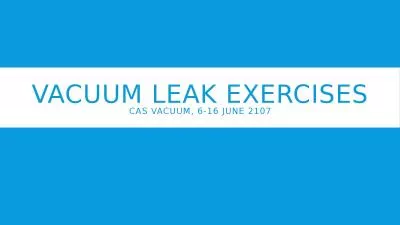PPT-LEAK TESTING in SMACC
Author : olivia-moreira | Published Date : 2016-11-14
Cold vacuum system recall Phase 1 2 amp 3 VSC activities Resources Infrastructure Still to do Paul Cruikshank on behalf of TEVSC Paul Cruikshank TEVSC Leak Testing
Presentation Embed Code
Download Presentation
Download Presentation The PPT/PDF document "LEAK TESTING in SMACC" is the property of its rightful owner. Permission is granted to download and print the materials on this website for personal, non-commercial use only, and to display it on your personal computer provided you do not modify the materials and that you retain all copyright notices contained in the materials. By downloading content from our website, you accept the terms of this agreement.
LEAK TESTING in SMACC: Transcript
Download Rules Of Document
"LEAK TESTING in SMACC"The content belongs to its owner. You may download and print it for personal use, without modification, and keep all copyright notices. By downloading, you agree to these terms.
Related Documents

